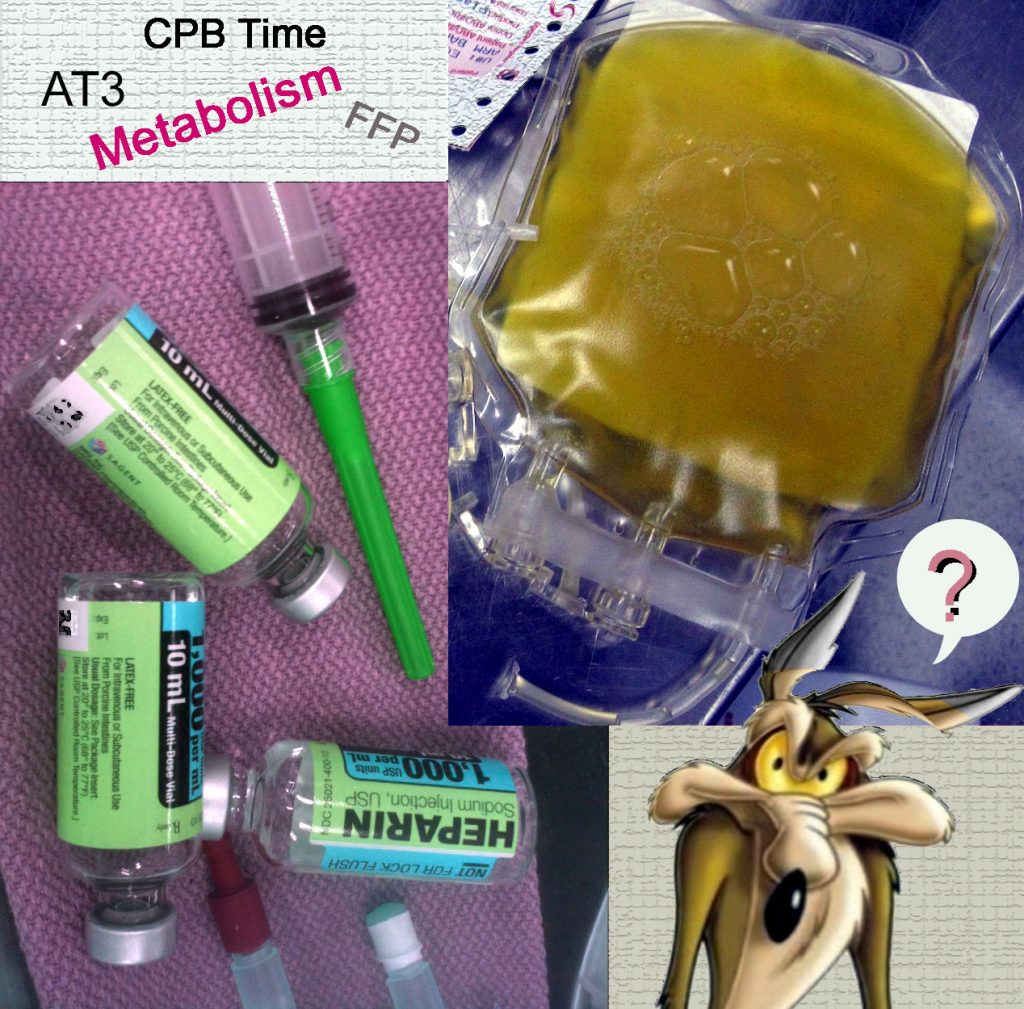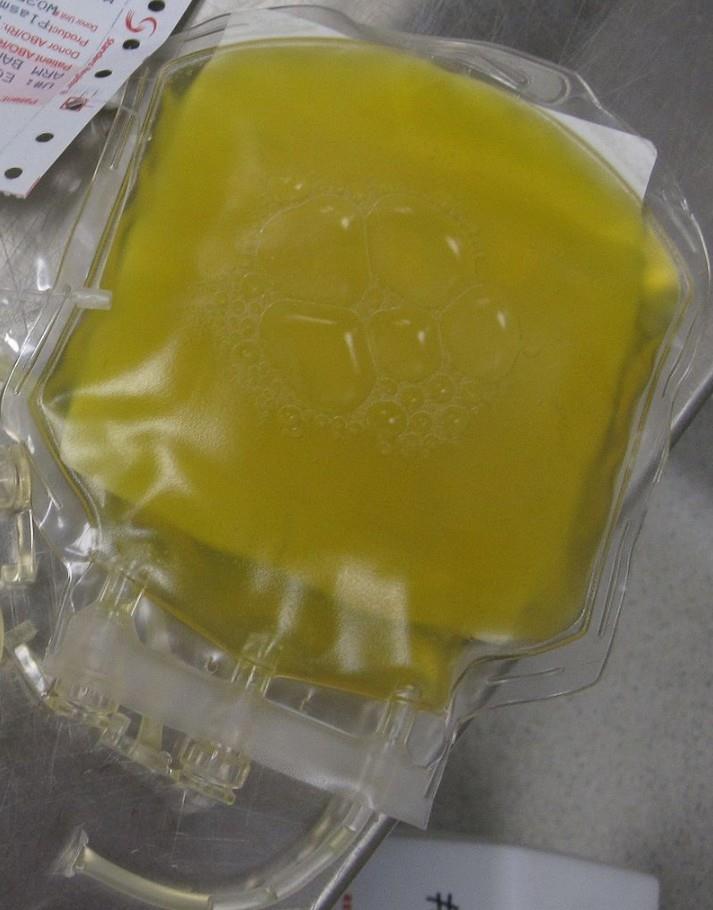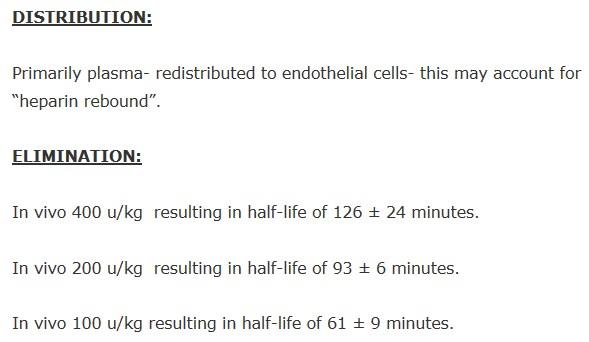Heparin Metabolization or AT3 Deficiency ?

There has been a drive lately to reduce the amount of heparin administration during bypass at a couple of institutions I have been at.
I’m all for that, although some of the parameters placed before us are clearly unrealistic and forwarded by people that know nothing about perfusion except what they have read in a magazine.
To put a fine point on it-
The suggested protocol above sums up as trying to limit perfusionists to giving ridiculously low quantities of heparin to patients whose ACT’s drop below our clinical threshold of 480 seconds.
It FAILS to take into account clinical parameters such as:
- Age
- Kg weight
- Target core temperature
- Length of procedure
- Type of procedure
- Overall Size, BMI, and musculature
- Pt Metabolism
- Prior exposure to long term heparin
- Liver function
- Type of circuit coating- or lack thereof
- Design of the ECC
- Blood sampling issues (sampling technique-hemodilution)
- On-bypass conditions affecting the patient
- Use of ultrafiltration
- Prothrombotic states- stasis, low flows, normathermia
- Depth of anesthesia
- The point, temperature, and clinical uncertainties when deciding to give more heparin- (are you close to coming off- is there an issue- are we considering re-cross clamping, are we re-doing a proximal, do we have a prolonged period of time to let the heart reperfuse) ?
- Are we so engaged in troubleshooting another issue- that we just decide to give heparin (assuming a low ACT) so we DON’T overlook it- and clot off the circuit because we were distracted?
- etc …
Adjusting to it…
Yes we use Hepcon, and measure our ACT’s at least Q 30 minutes, and I have to admit that my dosing for levels lower than 480 has historically been empirical (usually 5,000 units- if in the 450 ish range, sometimes 10,000 units if we are closer to the upper 300’s), so now instead of 5,000 units I will drop it to 3,000, and instead of 10,000 units will cut that to 5,000 units. And that has worked reasonably well.
It has resulted in slightly lower safety margins than I have practiced with, but not to the point of being dangerous. (I’m talking about the reducing the units of heparin per aliquot- NOT the unrealistic line-in-the-sand drawn out in the table above).
A little closer to the vest, but edgy is OK sometimes- if it benefits and does no harm to the patient.
So Where is this Going ?
That is a good question and one I want to raise to all of you.
I have had a couple of cases that were 170 + minute pump runs, where an almost identical set of circumstances presented themselves.
Without getting into HIPPA-violating specifics, the commonalities between the cases were as follows.
- Re-Ops
- Good initiating ACT’s based on Hepcon dosing calculations
- A few dips requiring small boluses of heparin- no ACT of less than 400 or so seconds.
- Dips occurring often enough (3) for the anesthesiologist to recommend the use of FFP via the ECC in the middle of the run.
- And … We still ended up giving more heparin to treat the ACT’s. (At the same rate as before.)
- The total extra heparin given on CPB was roughly 55% of the loading dose- a half life or so later.
And- What was the Point ?
- We gave FFP for a theoretical AT3 deficiency– and then continued giving heparin.
- The FFP would probably have been given anyway- reoperations just tend to bleed more.
- But at what juncture should it be administered, and was the rationale here effective to give it on bypass in lieu of marginally low ACT’s and relatively un-noteworthy totals of heparin (when taking into consideration the extended pump times involved) ?
- Was this the result of time and metabolism or a real AT3 deficiency ?
- Since the heparin dosing requirement remained consistent (burning off roughly 3 k heparin per 1/2 hour) was the FFP really effective in terms of delivering more AT3 for heparin to bind with ?
UPDATE:
Frank:
A factor to consider is the heparin itself.
Since the heparin debacle in our recent past, there is one laboratory in the U.S. that receives all powdered heparin. They then purify it and distribute it to the various heparin pharmaceutical companies (Smith-Kline, Eli Lilly, Baxter, etc.) who then concentrate it and distribute it.
The problem is variances from one supplier to another and the other factor is, the analytical sensitivity of the systems employed to access adequacy of anticoagulation
This has promoted in some instances patients being transfused with FFP wrongly when in fact it is inadequate monitoring devices or improper biochemical properties specific to the heparin itself.
We clearly do not have adequate monioring systems. The Rapid-TEG ACT in my opinion is underutilzed and is perhaps most sensitive to these variances.
These are my thoughts and hopefully it adds a little consideration for this sequalae.
Thanks!
Steve
Heparin: Half Life and Distribution
(Click Image to View Article)
And The Literature Says …

Click Image to View Article…
“An inadequate response to heparin, known as heparin resistance (HR), has been reported in up to 22% of patients undergoing CPB.
Among risk factors for developing HR during CPB, decreased AT levels present the greatest risk.
During CPB, AT activity decreases dramatically, falling 40% to 50% below preoperative baseline levels. Preoperative heparin treatment may deplete levels of endogenous AT and further worsen acquired AT deficiency associated with CPB.
Failure to correct AT deficiency during CPB may result in a poor surgical outcome. Low AT activity levels after CPB are significantly associated (p 0.04) with a prolonged stay in the intensive care unit, higher frequency of surgical re-exploration,and thrombo embolic events. Therefore, maintaining appropriate levels of AT during CPB is a major goal to avoid HR.”
Tables
(Click to Enlarge)
=
Risk Factors leading to Heparin Resistance
=
FFP Administration DURING CPB
=
Anti-Thrombin (AT) Administration DURING CPB
The points I take home from this are the following:
FFP is a good source for AT3- and refined Anti-Thrombin (AT) may be another solution.
Regardless of how the ACT’s on the above described clinical scenarios were impacted, the overall benefit of delivering FFP seems clear based on the study cited.
The FFP probably would have been given anyway.
How long after administration of FFP on CPB before a clinical effect can be realized? (any literature out there?)
Any Comments or Suggestions ?
Please leave them in the comments section regarding your experience with this issue.










